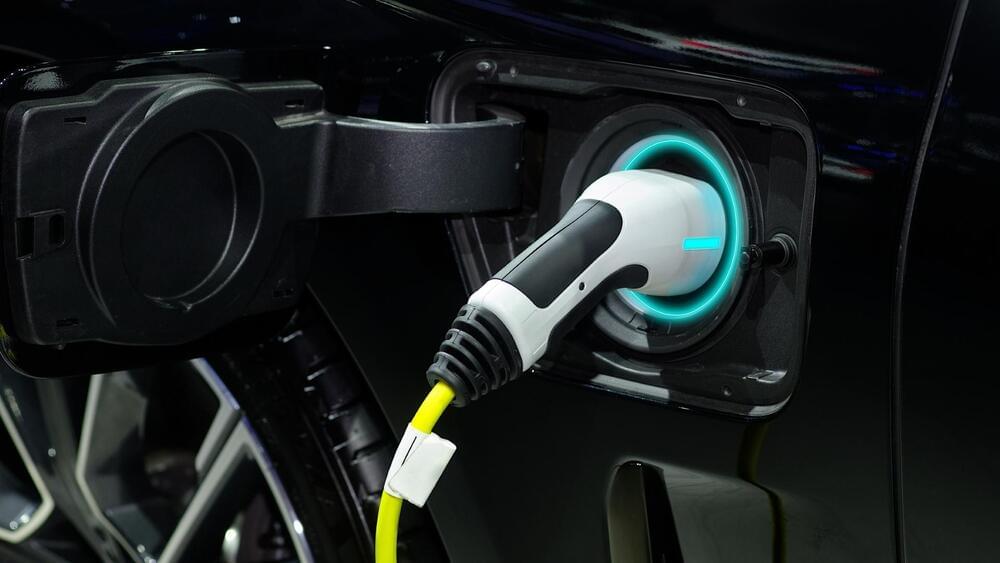Oct 22, 2022
How our brain noises could make computers as imaginative as Shakespeare
Posted by Gemechu Taye in categories: climatology, computing, neuroscience, physics
It enables us to make extraordinary leaps of imagination.
We all have to make hard decisions from time to time. The hardest of my life was whether or not to change research fields after my Ph.D., from fundamental physics to climate physics. I had job offers that could have taken me in either direction — one to join Stephen Hawking’s Relativity and Gravitation Group at Cambridge University, another to join the Met Office as a scientific civil servant.
I wrote down the pros and cons of both options as one is supposed to do, but then couldn’t make up my mind at all. Like Buridan’s donkey, I was unable to move to either the bale of hay or the pail of water.
Continue reading “How our brain noises could make computers as imaginative as Shakespeare” »

















